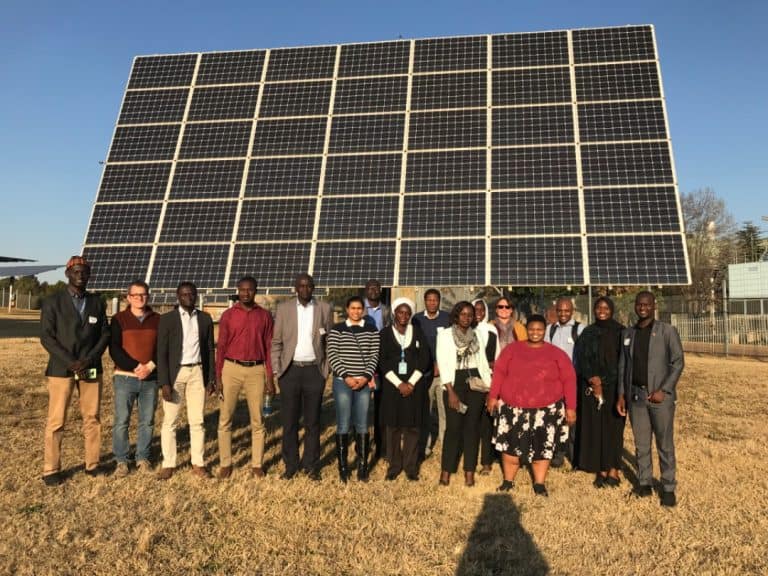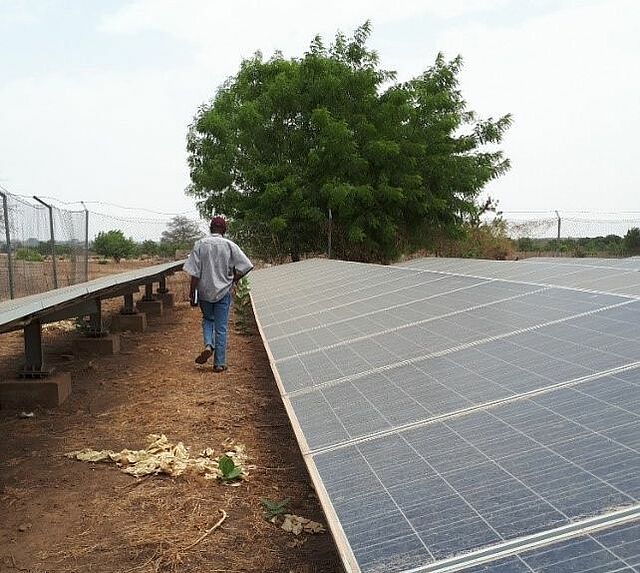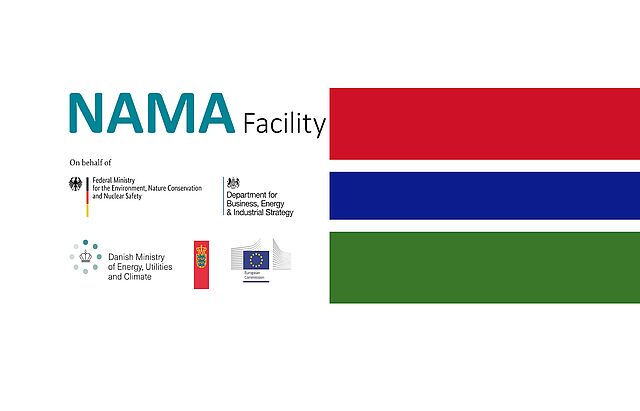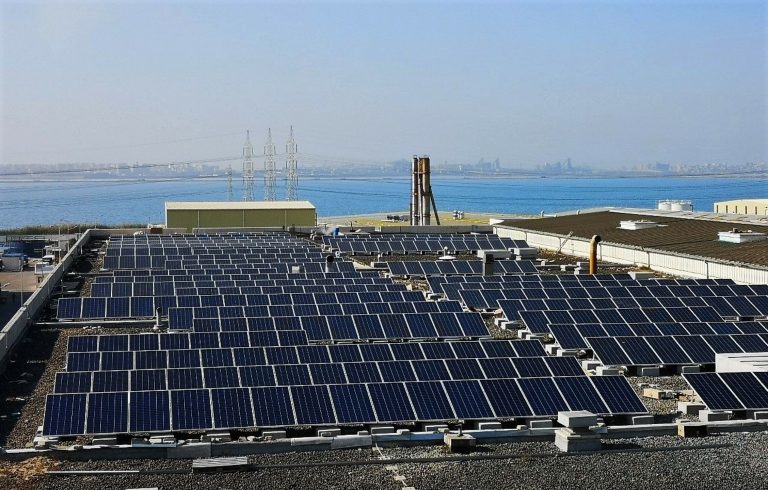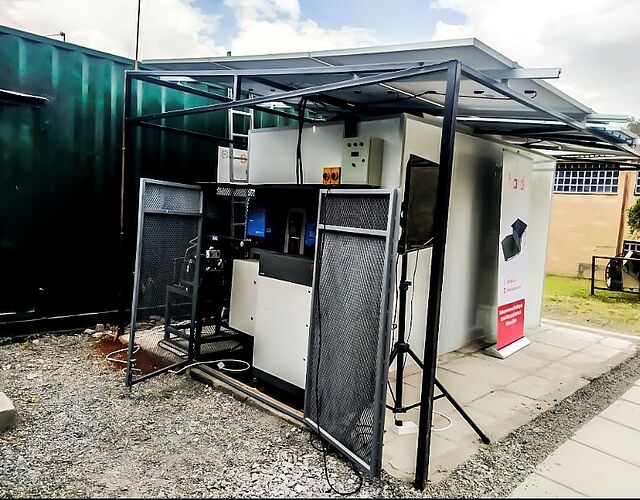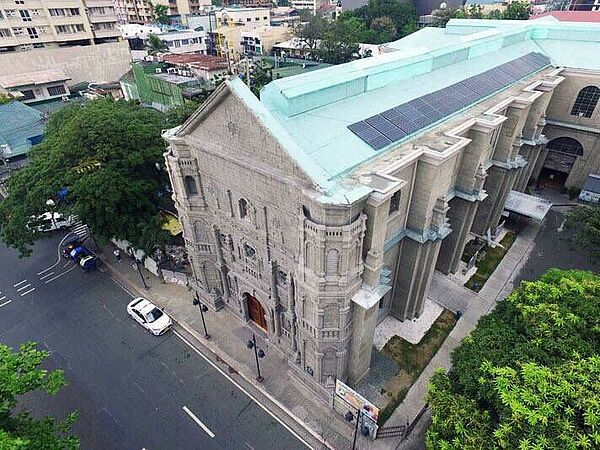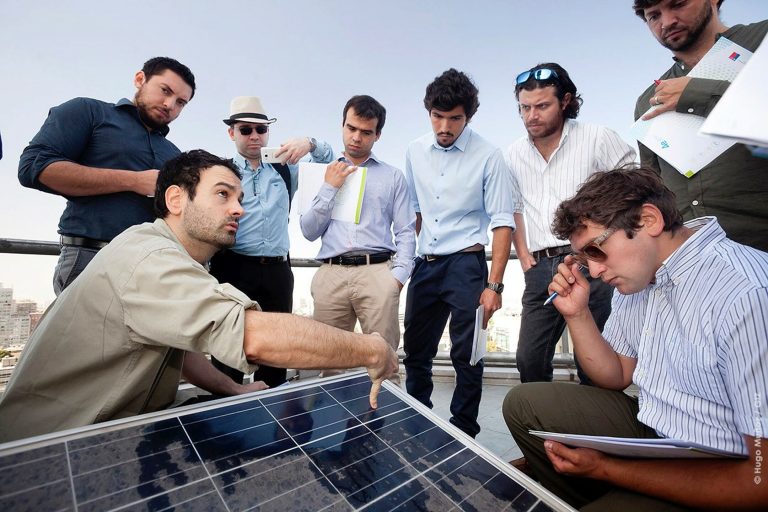
Background: The electricity sector in The Gambia is characterised by heavy dependence on fuel imports to meet its electricity demand; nearly all electricity in the country is produced by fossil fuel-based generation technology (light fuel oil (LFO)/heavy fuel oil (HFO) power plants). Although energy demand continues to rise, the national electricity supplier, NAWEC (National Water and Electric Company), has faced difficulties generating sufficient financial revenues to maintain and upgrade the systems and infrastructure, especially in the two regional grids outside the Greater Banjul Area. This is mainly due to underinvestment, an inflexible tariff system and rising fuel prices. At the same time, multiple barriers prevent Independent Power Producers (IPPs) from adding capacity to regional grids, including: a lack of security around the payments made by the off-taker (NAWEC) and a lack of experience with larger scale renewable energy installations in isolated regional grids or lack of interest of IPPs due to a challenging investment environment.
Approach to Transformational Change: To enable transformational change and address current investment barriers of IPPs in renewable energy, “The Gambia — Investing in Grid-connected Solar PV” project, will focus on the implementation of the several measures: the project will support an IPP to invest in the construction and operation of two solar PV plants in Farafenni and Basse, resulting in 10.5 MW of installed solar capacity. Furthermore, it will support the improvement of the institutional framework to attract private sector investment, specifically through supporting the government to develop the PPA documentation, a Grid Connection Agreement and a Land Sub Lease Agreement.
With the proposed activities, it is expected that consumers of the two grids will gain through quality of life improvements from the sustainable energy supply to their households, and businesses in Farafenni and Basse will be able to enhance their operations with increased, stable supply of energy during daytime. In addition, NAWEC will benefit from capacity development during project’s implementation and can then replicate the project activities in other regions of the country.
Under the financial cooperation (FC) component, the project will offer a financial de-risking mechanism that will mitigate the private investment risk through a power purchasing agreement (PPA) guarantee, whereby the IPP will be paid from funds provided by the Mitigation Action Facility (via the guarantee) in case of a payment default on NAWEC’s side. At the same time, additional feasibility studies for similar solar power plants with a capacity of 10-20 MW each will be conducted – the idea being that the projects deemed financially viable through the feasibility studies could then be supported through the same financing mechanism (risk guarantee). In that event, the project could result in at least two more solar PV installations beyond the project, leveraging the project’s lasting financial mechanism.
Mitigation potential: The Gambia has set ambitious climate goals defined in its Nationally Determined Contribution (NDC) to the Paris Agreement, aiming to have a total of 60 MW of installed solar capacity by 2025. With a planned capacity of 10.5 MW to be implemented in Farafenni (6.0 MW) and Basse (4.5 MW), the project will contribute to 17% of this target, satisfying approximately 144,500 people’s energy needs. Further, through replacing electricity generated by fossil fuel-based power plants, the project will lead to a reduction in greenhouse gas (GHG) emissions of around 13,000 tonnes per year and 322,019 tonnes of CO2 across the 26-year lifetime of the solar PV technology.

